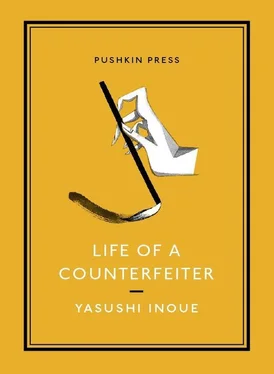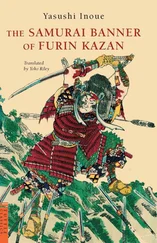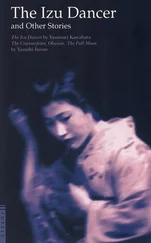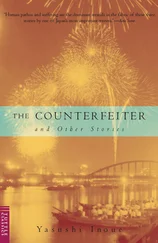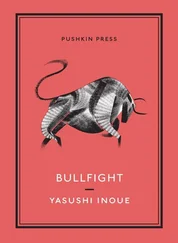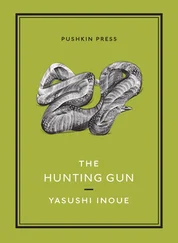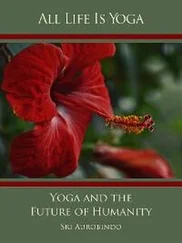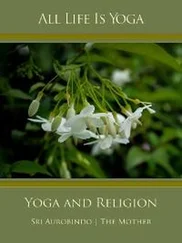Whenever I got bad grades at school, Grandma Kano would go to the teachers’ room to complain. Other than that, there was nothing about her that I didn’t like.
The day after I saw Matsumoto Jun’s calligraphy at K., the restaurant, the same friend took me to see a succession of Nagasaki’s famous places and historical sites, including Suwa Shrine, Eyeglasses Bridge, Sūfuku Temple and Dejima; by the time we left Urakami Cathedral and stepped inside the foreign cemetery in Sakamoto-machi, the sunlight, which had taken on an autumnal tint all of a sudden, was less streaming than drifting down, and the day was giving way to a tranquil twilight.
Apparently there were two other foreign cemeteries, one at the foot of Mt. Inasa and the other near Urakami Cathedral, but this one had the oldest graves. The foreign cemetery didn’t really feel like a cemetery; it was a cheerful place distinguished only by the particular stillness that hung in the air. And in this bright, quiet spot were rows of crosses and busts and gravestones, each set a good distance apart from the next. A few of these markers had suffered considerable damage, likely from the atomic blast — some had had chunks blown off, others had tilted over — but none of this resulted in a sense of messiness or disorder.
Feeling the first time since my arrival that I had been liberated from the crowds of tourists, I took my time examining each word on the flat surfaces of the stones, so unlike the tall narrow markers at Japanese graves. Most memorialized men and women who had lived in Japan in the early years of the Meiji period. J.M. Standard, who was born in Edinburgh and died in Nagasaki in 1854, was among the oldest I saw; most of the people there had died two decades later, in the early years of the Meiji period. My friend, who was born in Chōfu, noted down in his notebook the name of a certain William Halbeck Evans, who had died in Chōfu in 1930, at the age of seventy-one.
“I don’t know a thing about this man Evans, but he died in my hometown. Next time I go back, I might just see what I can find out.”
My friend’s curiosity about this man struck me as a bit funny, somehow. Without exception, every gravestone bore some variation on the phrase “In sacred memory,” but by now even the memories of these people had faded away, and the feelings that moved in our hearts as we faced them seemed closer to excitement than anything else.
As we strode across the grass, I peered down at the successive graves, the perimeter of each one marked by a low stone wall.
Then, in one corner of a grave somewhat narrower than the others, overwhelmed by some plant whose thick growth of small leaves was dotted with small white flowers, I stopped and lit a cigarette. The grave belonged to E. Goodall. He had died in 1889, and beneath the English letters of his name was a transcription into kanji . This use of characters to write the man’s name was the only thing that distinguished his grave from the others.
I began repeating the name to myself after that: Goodall, Goodall, Goodall . Because I had the feeling it wasn’t the first time I had encountered those sounds. And as I kept at it, I suddenly realized that it was the “Goodall” from “Mr. Goodall’s gloves.”
I had seen the big leather gloves we referred to as “Mr. Goodall’s gloves” on several occasions — this, too, during the period when I lived with Grandma Kano. This was that “Goodall.” Needless to say, I had no way of knowing whether the Mr. Goodall whose name was associated with the gloves was the man resting in the earth before me, but I couldn’t help marveling that in these past two days, yesterday and today, I had twice encountered things that made me think of Grandma Kano.
What kind of man was Mr. Goodall? No doubt it would be possible to research the events of his life, if one were so inclined. Even having that information, though, I doubted I could confirm one way or the other whether he was the Mr. Goodall of the gloves. Grandma Kano — who may well have had some knowledge of the person whose name went with the gloves — had long since passed away; there was no one left in the world anymore, there were no clues, that might reveal whether or not the two people were one and the same.
And yet, in part because I had stumbled upon that sample of Matsumoto Jun’s calligraphy just the day before, I couldn’t help feeling that the Mr. Goodall resting under the gravestone was indeed the very man with whom Grandma Kano had forged a connection one day, in the course of her long life — even if it was a connection so tenuous that it hardly seemed to deserve that name.
The third and fourth characters in Mr. Goodall’s name were covered over with many layers of moss, white and green, until it was barely possible to make out the writing.
“1889. What year would that be in the Meiji period?” I asked my friend, who was staring at a stone a little ways off. He stood up right away and began crooking his fingers, counting.
“Meiji 22,” he said. “Funny how many people died around Meiji 20.”
I think I must have seen Mr. Goodall’s gloves for the first time during a major house cleaning in the year I started elementary school. Two or three young men from another branch of the family had come to help, and when they lugged our household items and furniture down from our second-floor rooms and spread it all out across the garden, someone discovered a pair of white leather gloves, wrapped in newspaper, in one of the piles. They were extremely large, and it was the first time any of us, either I or the young men, had ever set eyes on leather gloves. One after another we slipped our hands inside, but they were so loose no one could have worn them.
“Those are useless,” Grandma Kano said, watching us. “Those are Mr. Goodall’s gloves.”
“So they’re a foreigner’s! I thought they were big.”
Hearing that they had belonged to a foreigner, we took turns inspecting them again.
I had never heard a foreigner’s name before, and I found myself painting a picture of him in my mind’s eye as a pleasant, elderly man with a ruddy face. I had seen foreigners twice before. The first time it was a couple who came to stay at a hot spring in the village; the second was when the Emperor came down to hunt, and a few foreigners came along with guns on their shoulders, mixed in among the officials from the Department of the Imperial Household.
I had seen those people from a distance, so I formed my own image of Mr. Goodall by blending what I knew from those experiences with the vaguely dull, lethargic impression I got from the name.
Once I had seen Mr. Goodall’s gloves, I developed a terrible yearning to have them for myself. But as generous as Grandma Kano was in all respects, for some reason she wouldn’t let me have them.
She stuffed dried leaves that acted as bug repellent into each finger, all the way down into the tip; she wrapped the gloves in two, then three layers of newspaper and tied the packet up in two directions with twine; and finally she packed them away at the bottom of a Chinese chest. She treasured those gloves, I could see that.
I looked forward more than anything to the moment when I could hold Mr. Goodall’s gloves in my hands during our biannual cleanings, once in spring and once in autumn.
And I wasn’t the only one: soon, Mr. Goodall’s gloves became famous among the village children, and on the day of the cleaning several of us would cluster around the Chinese chest when it was carried out and set down under the chinquapin in the garden.
I didn’t know who Mr. Goodall was, or how his gloves had come into Grandma Kano’s possession, but I never wondered or felt the slightest desire to probe; the mere fact that the foreigner’s big gloves belonged to our household was enough to satisfy me, and each year when I found them still there in the Chinese chest, I felt relief that they hadn’t disappeared.
Читать дальше
